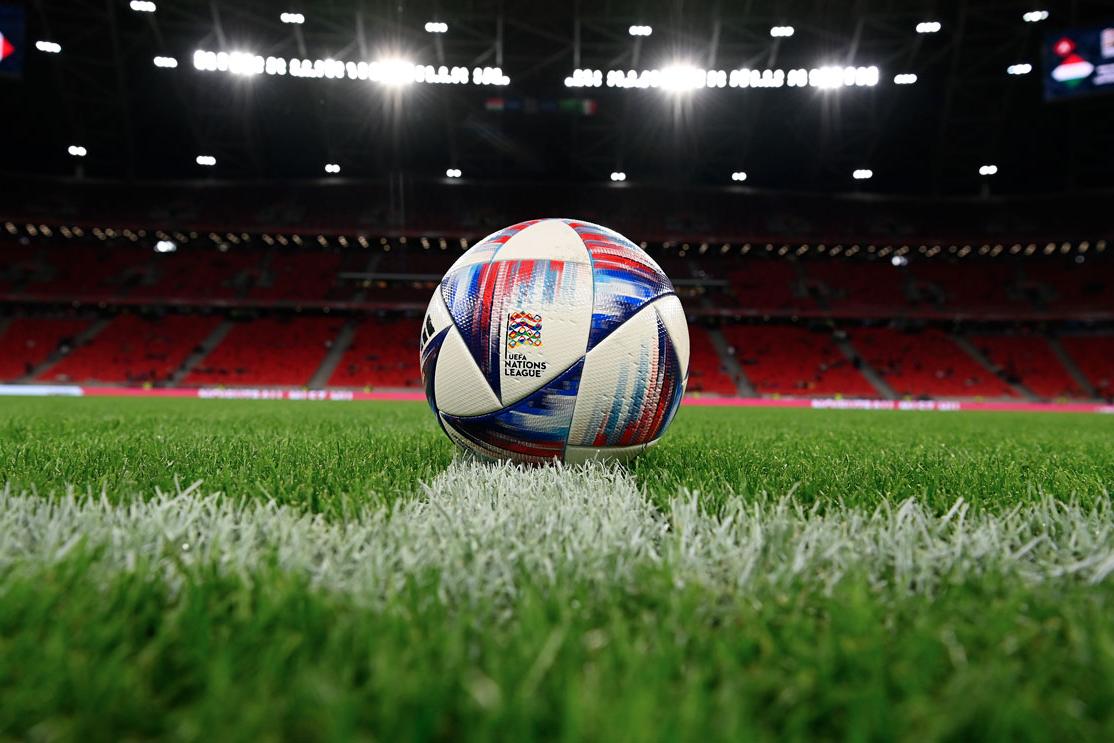PHOTO
After four months, the National side are soon to return to action with Qualification for UEFA Euro 2024 getting underway, starting with the toughest of tests against England in Naples (Stadio "Diego Maradona", Thursday 23 March, 20.45 CET), before a trip to Malta three days later (Ta Qali Stadium, Sunday 26 March, 20.45 CET). 2023 will see the Azzurri busy in their quest to reach the European Championships in Germany next summer (the group stages run from March to November), as well as take part in the UEFA Nations League Finals for the second time running, after qualifying in 2021.
- In the group stages of Euro qualification, Italy will face two well-known opponents who, for better and for worse, have shaped its recent history: England, beaten finalists in EURO 2020, and North Macedonia, winners in the World Cup play-off clash in March 2022. The draw has also see Ukraine and Malta placed into the same group. Due to participation in the Nations League Finals (June 2023), Italy have been inserted into a group consisting of five teams. The opening game sees England visit, on 23 March, before a trip to Malta three days later. In September, the Azzurri will be on the road again, as they head off to North Macedonia, before then welcoming Ukraine. October sees a trip to Wembley to take on England before Malta cross the Mediterranean, while the final two group games, in November, are a home tie with North Macedonia, and an away fixture with Ukraine.
- The top two in each group will automatically qualify for the Finals (20 teams, plus host nation Germany). For the other three places, play-offs will be held in March 2024, consisting of the 12 Nations League winners (Leagues A/B/C). If they have already qualified then the next best-ranked team in the league in question goes through. There will be six semi-finals and three finals, that will determine who takes the final spots.
UEFA NATIONS LEAGUE 2023 FINALS. The tournament in the Netherlands will be Italy's second appointment of the year, taking place in the third week of June: the semi-final, once again against Spain, who won 2-1 in Milan in 2021, will be on the 15th in Enschede (Fc Twente Stadium), with the Netherlands facing Croatia the day before at Feyenoord Stadium (20.45 CET). The third-place game is scheduled for 18 June, in Enschede (15.00 CET), while the Final is in Rotterdam (20.45 CET). For Italy, it is their second consecutive participation in three editions: in 2019, Portugal beat the Azzurri to top the group, before going on to win the Finals at home. In 2021, Italy won their group ahead of the Netherlands, Poland, and Bosnia and Herzegovina, while this time around they overcome Hungary, Germany and England. In three tournaments, Italy have played 18 games, winning eight, drawing seven, and losing three times, scoring 20 goals (Pellegrini with four is the leading scorer) and conceding 14. Donnarumma has the record for the most number of appearances (18/18, 1620’), followed by Jorginho (13), Barella (12), and Chiesa (10).
THE FUTURE OF UNL & QUALIFIERS. A new format for the Nations League, as well as World Cup and European Championship qualification, was approved in January by the UEFA Executive Committee. The changes will commence in September 2024, starting with the Nations League: after the six group games (for Leagues A, B, C, D), a new knock-out, direct elimination round has been introduced, that will be played in March. Until now, the winner of each group in League A went through to the Finals, but from the next edition onward, the top two will qualify for a home-and-away quarter-final match, creating continuity between the group stages and Finals. A relegation change has also been made: until now, the fourth-placed team was relegated to the League below, but from next year, also the team finishing third will have to face a relegation play-off game against a runner-up from the League below; for example, 3rd in Group A in League A will face a team finishing second in a group in League B. The same applies for the other leagues lower down.
Ahead of the 2026 World Cup, and for the following Euros and World Cup editions, the format for qualifying will see 12 groups of four or five teams (currently, there are ten groups of five or six teams). The 12 group winners will qualify automatically for the Finals, while the runner-up will qualify automatically or be part of a play-off round (together UEFA Nations League teams for Euro qualification). Increasing the number of groups, from ten to twelve, will allow the first twelve teams in the UNL 2025 ranking (the first three teams in the four League A groups) to become top seeds in the draw for the 2026 World Cup.



